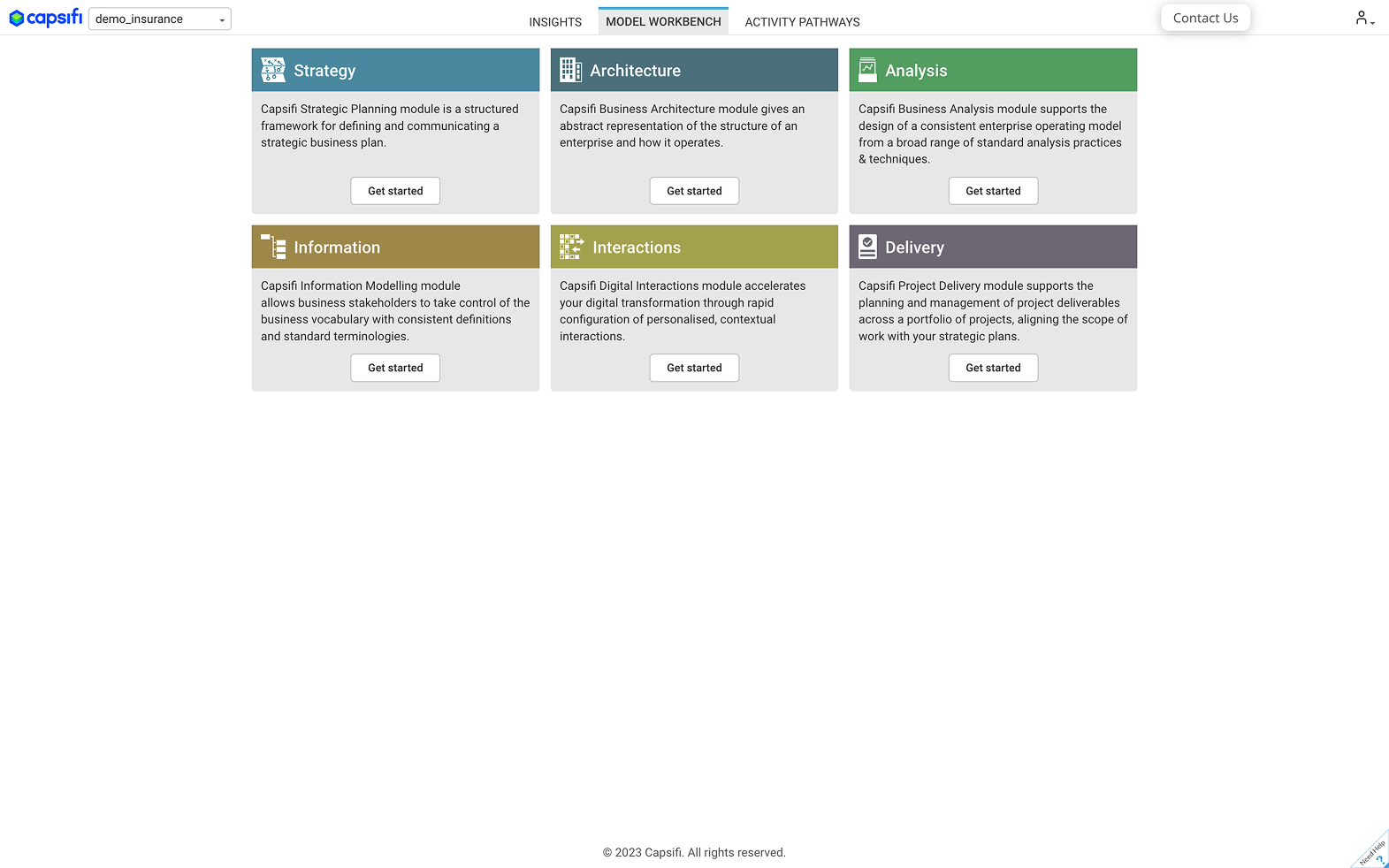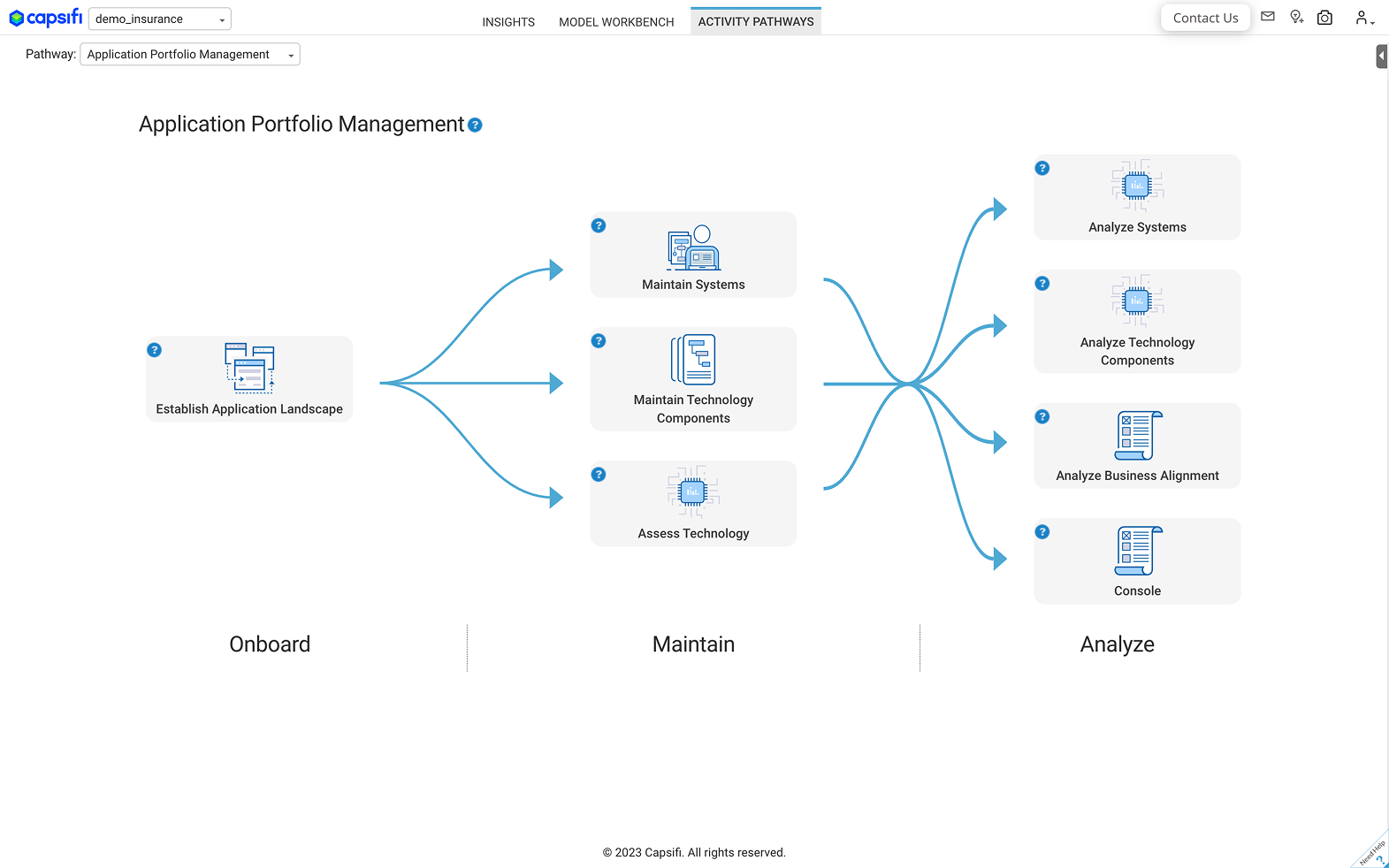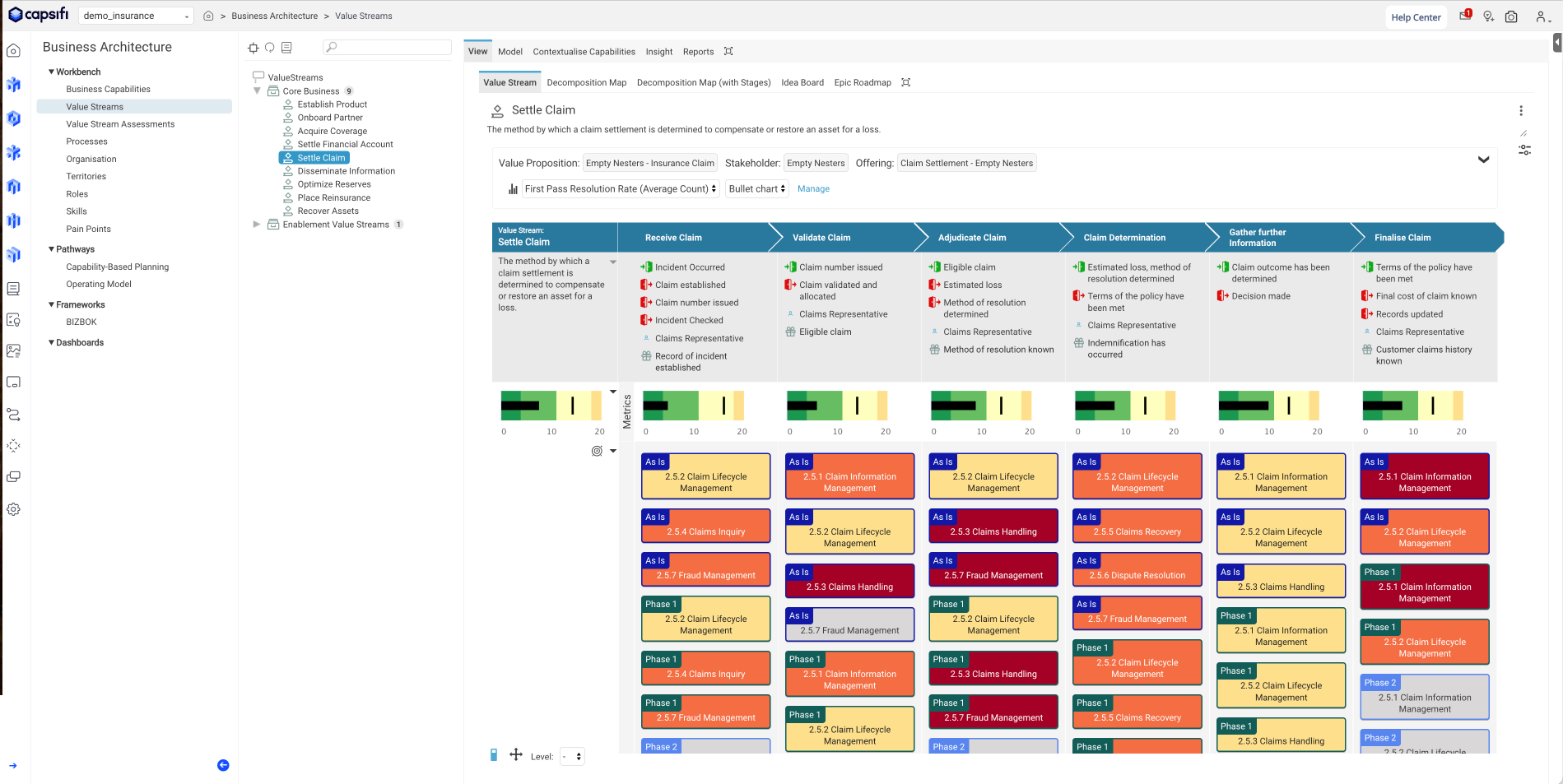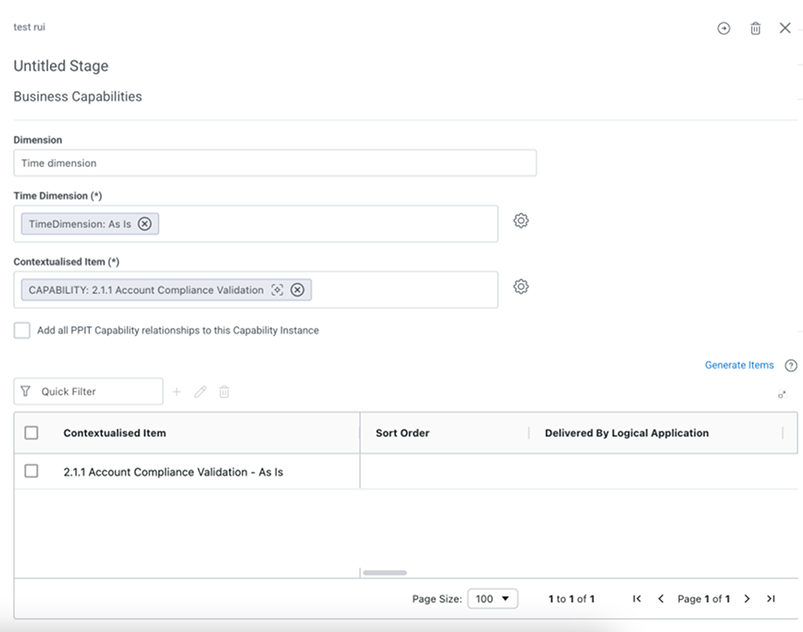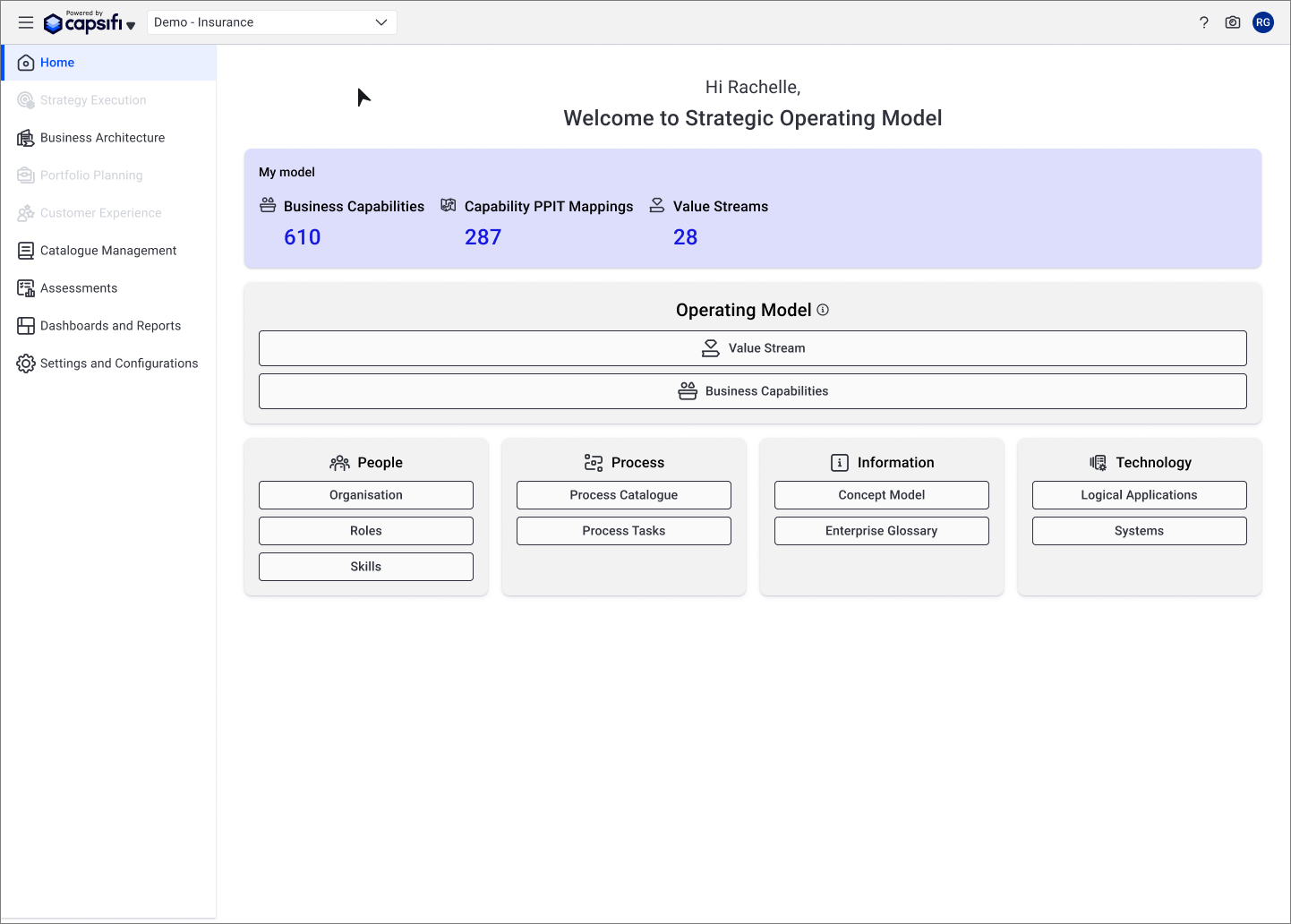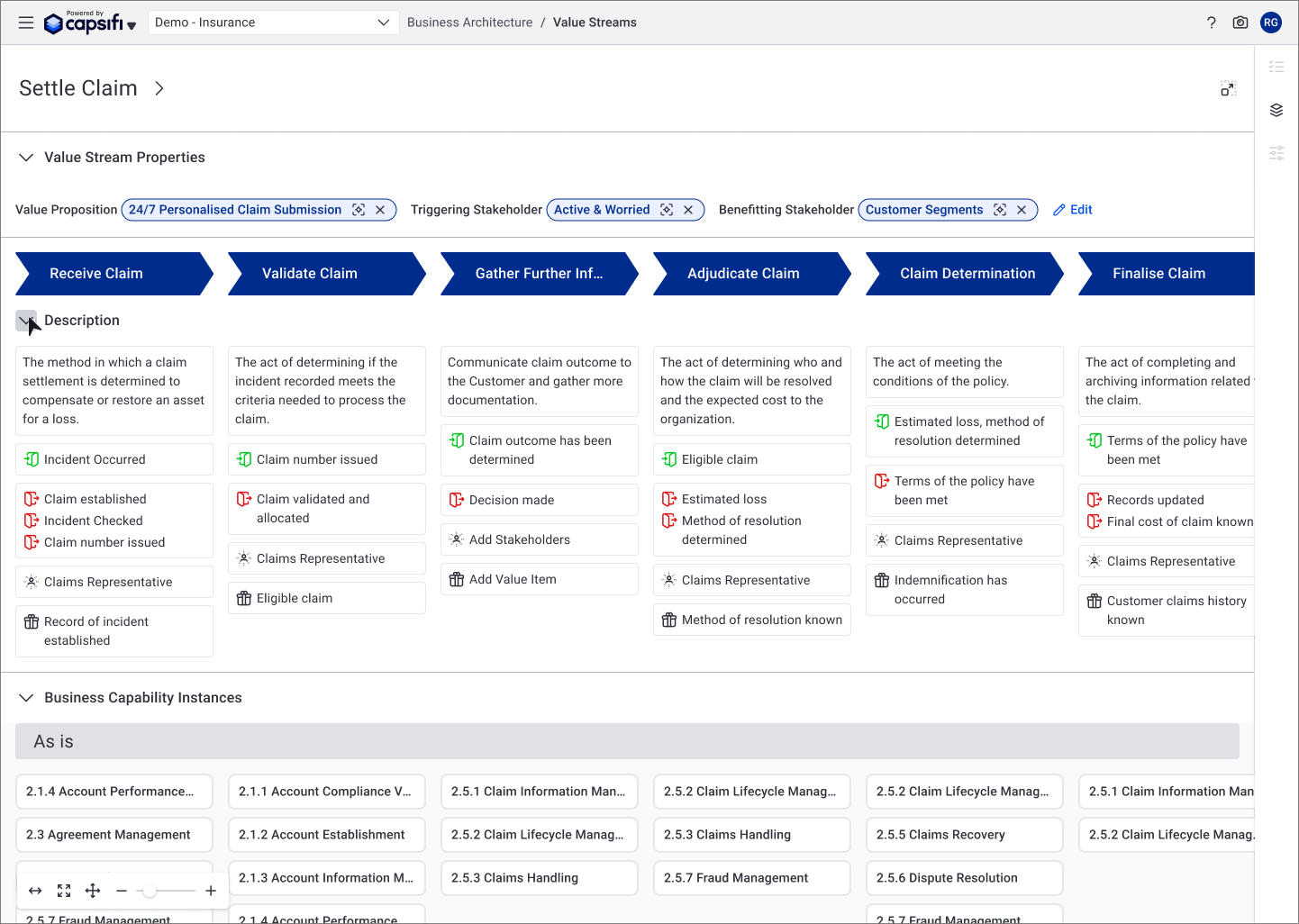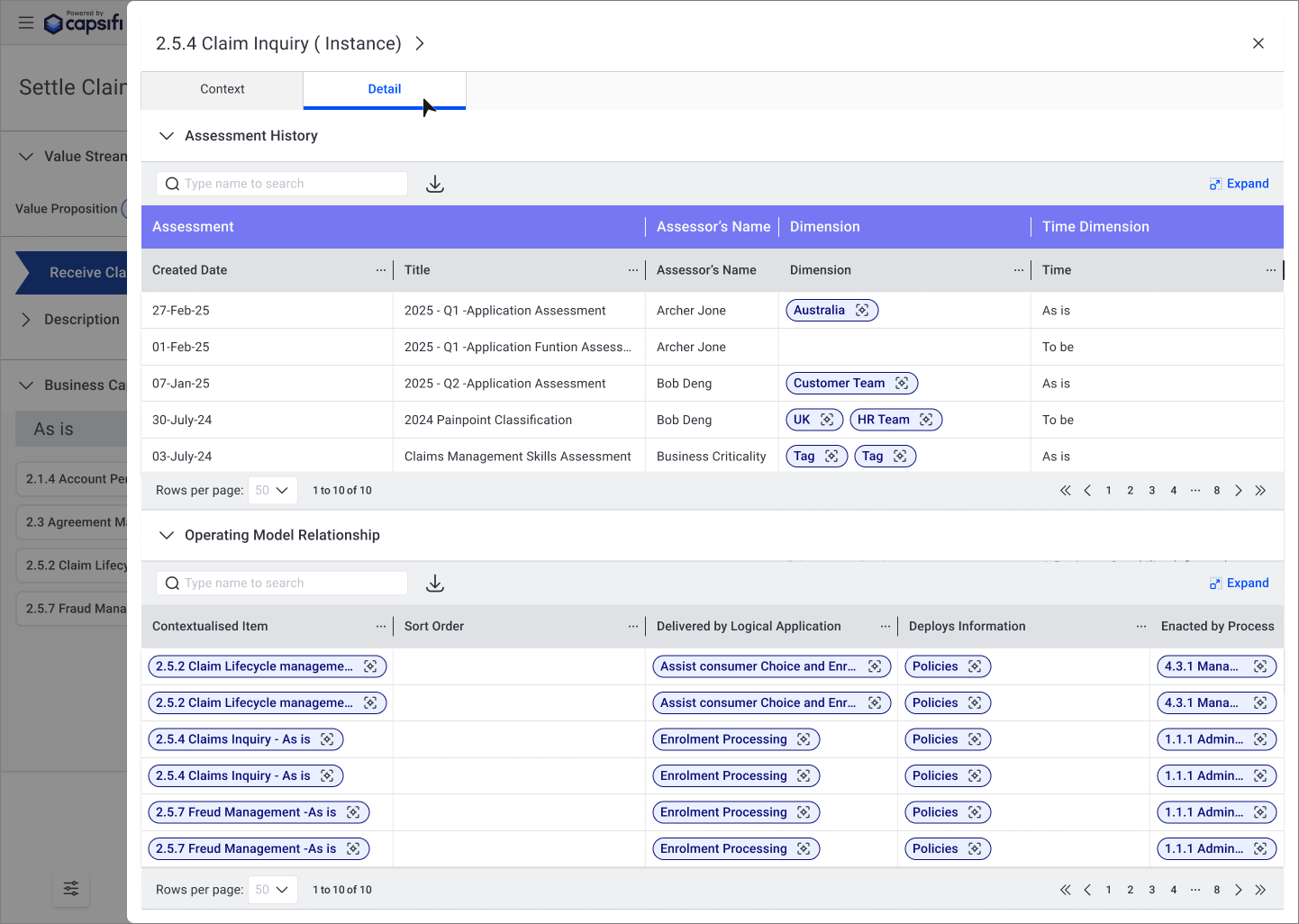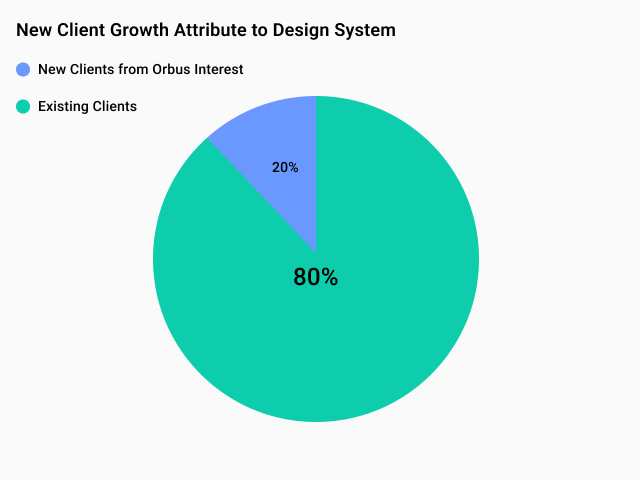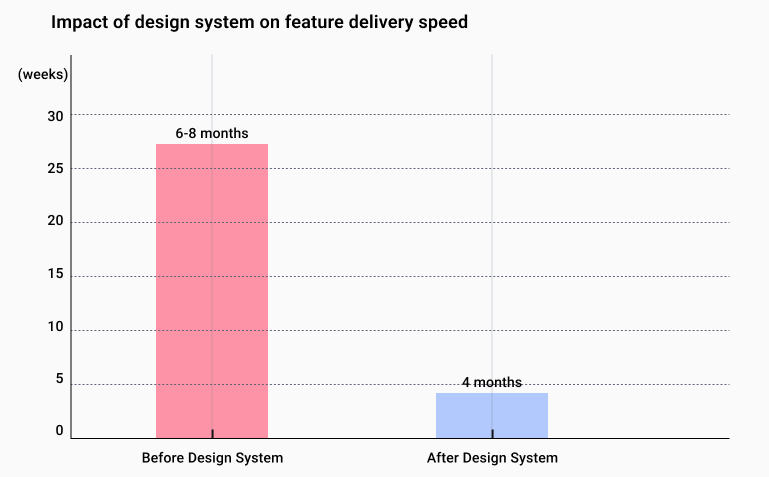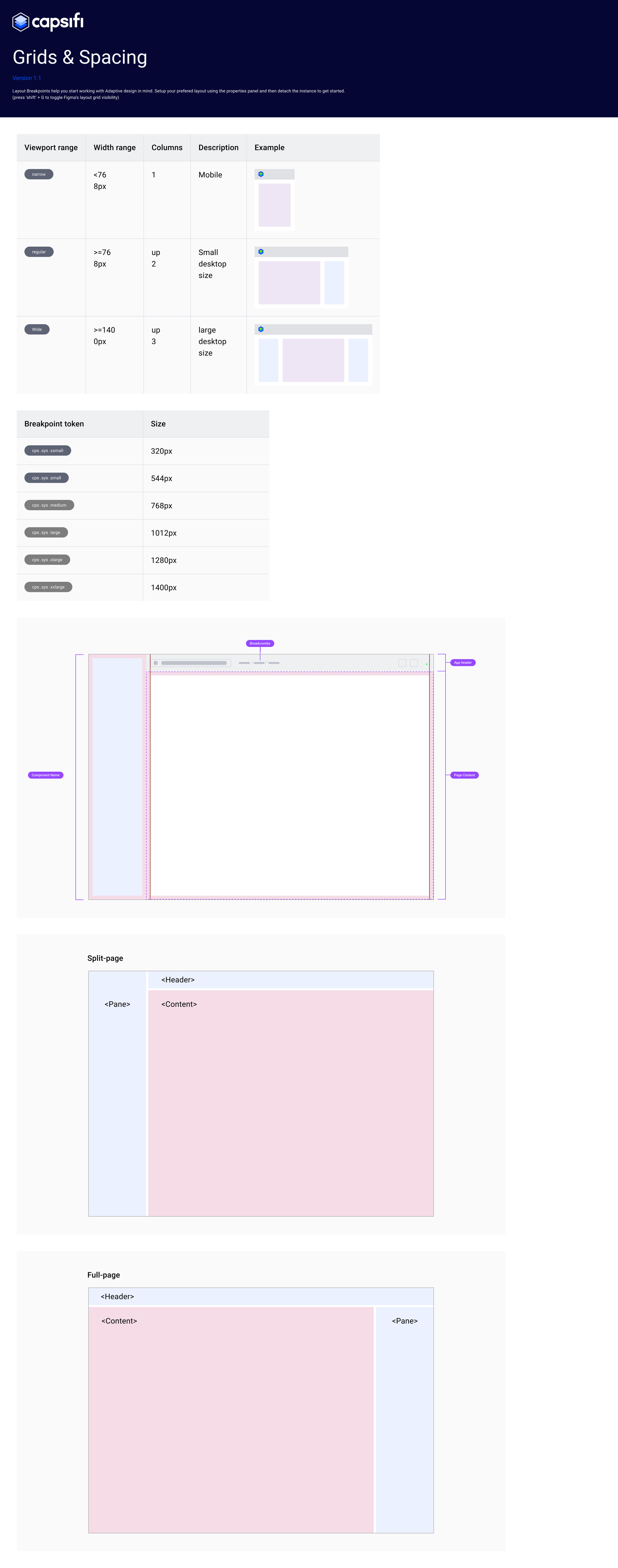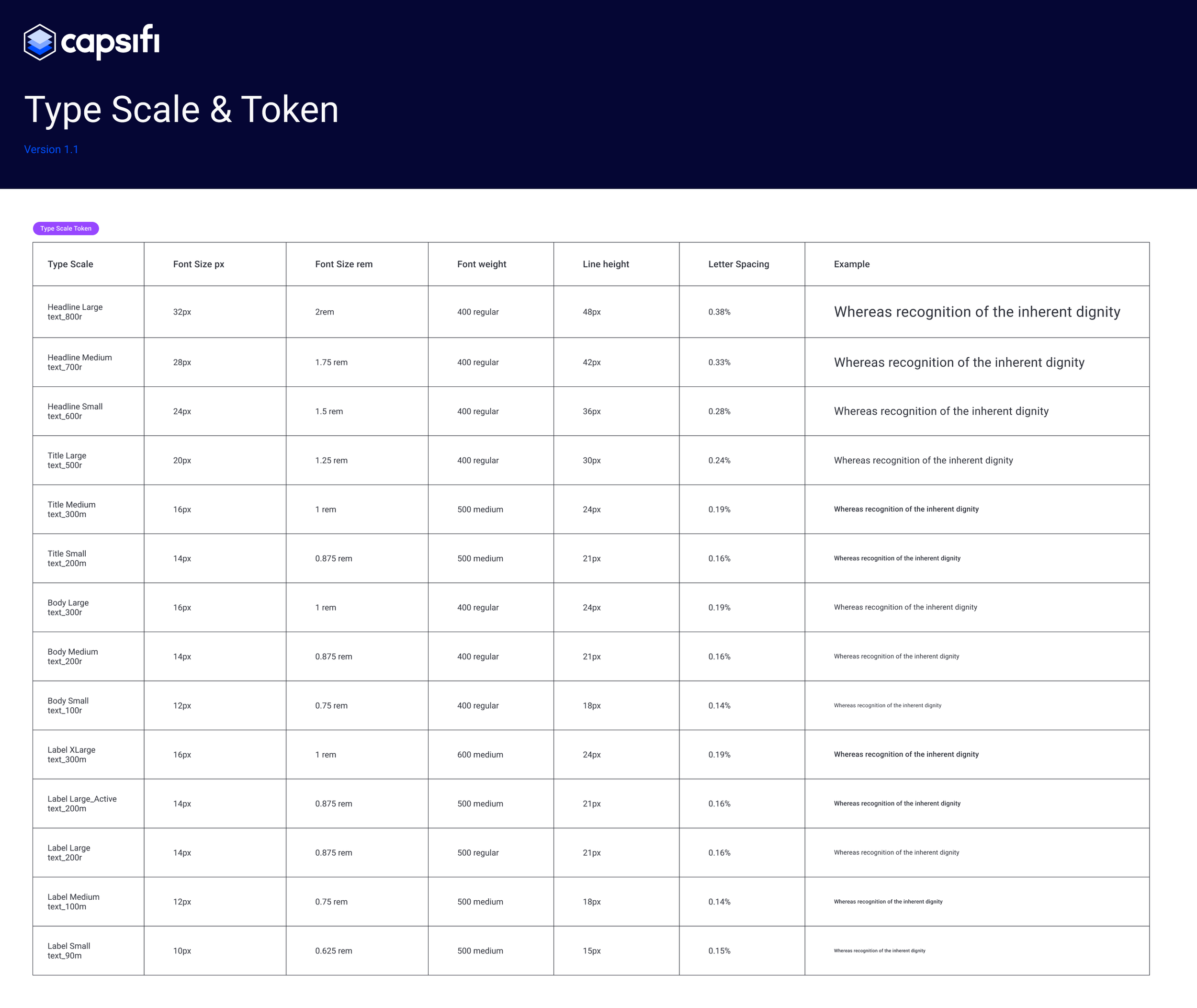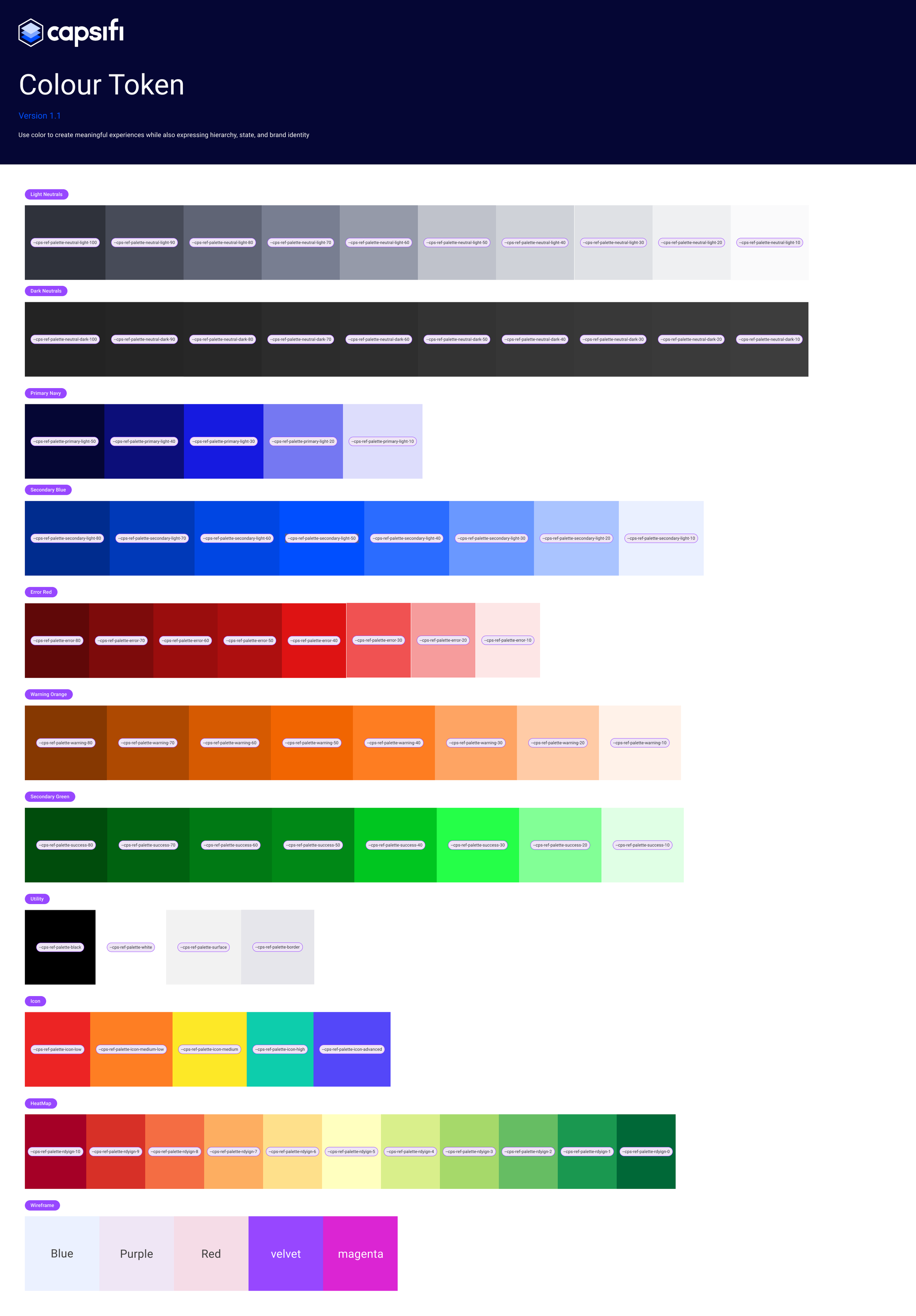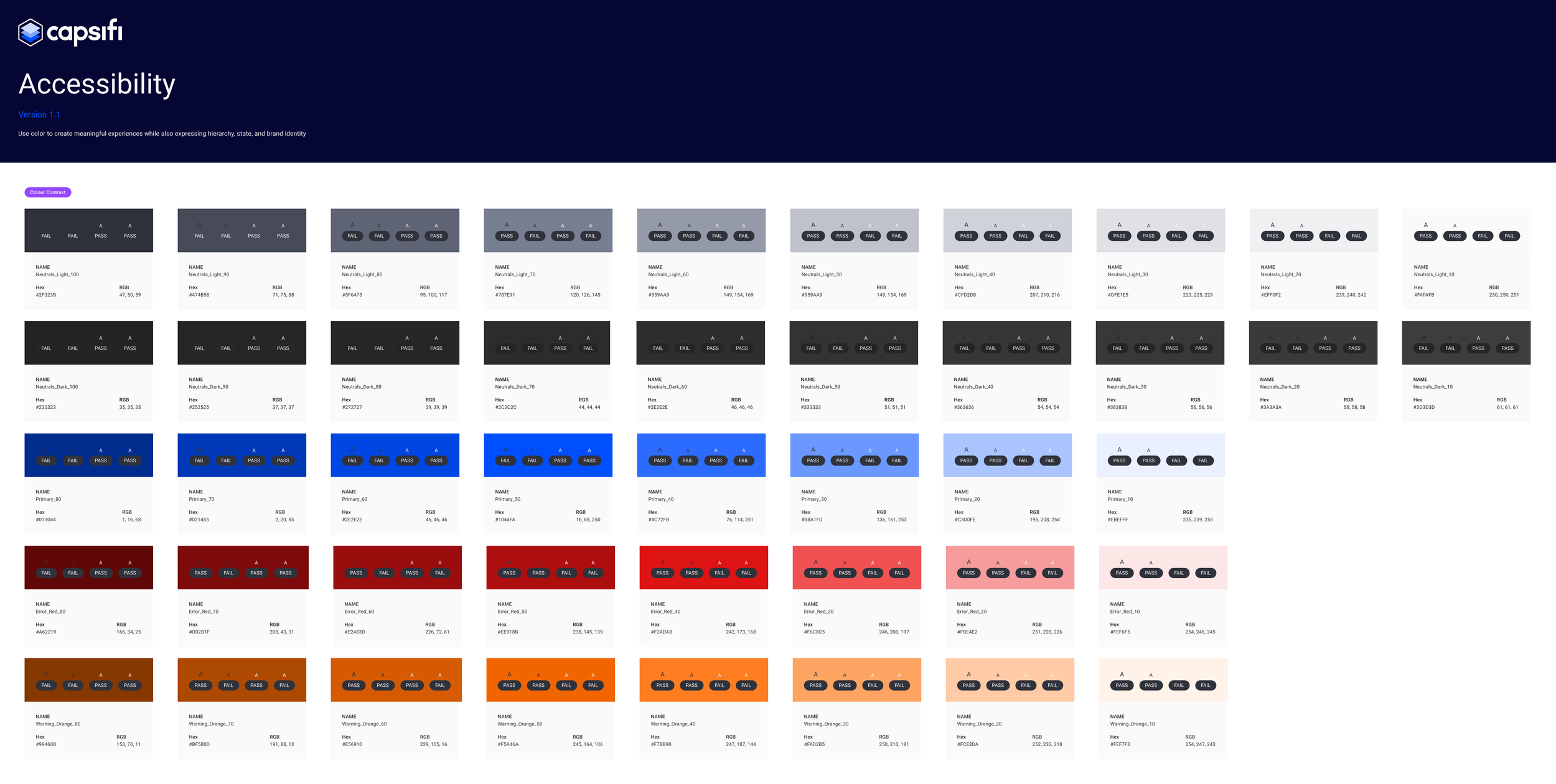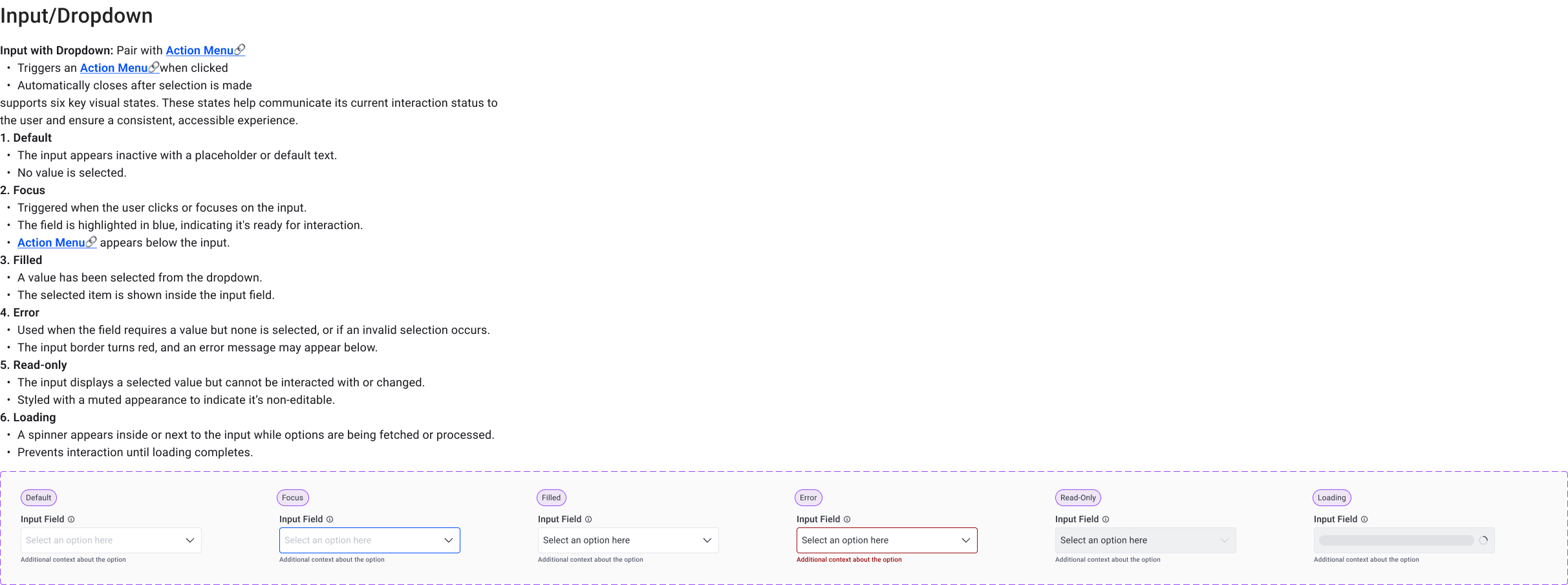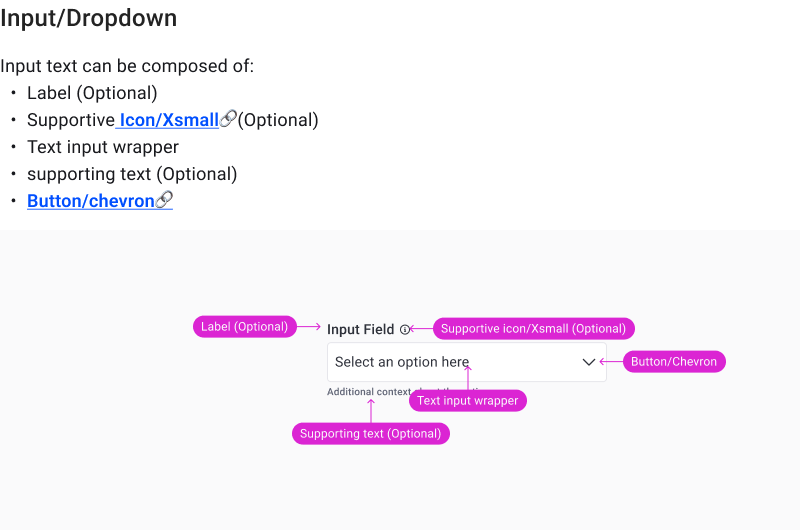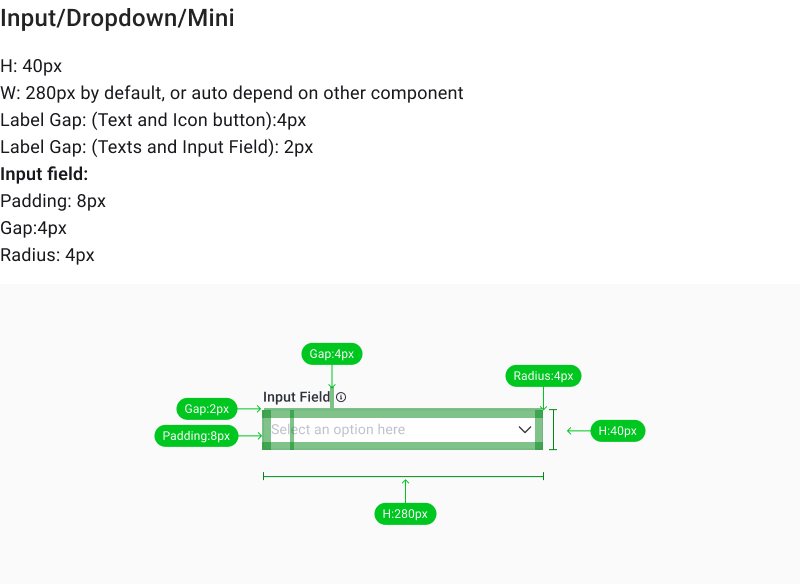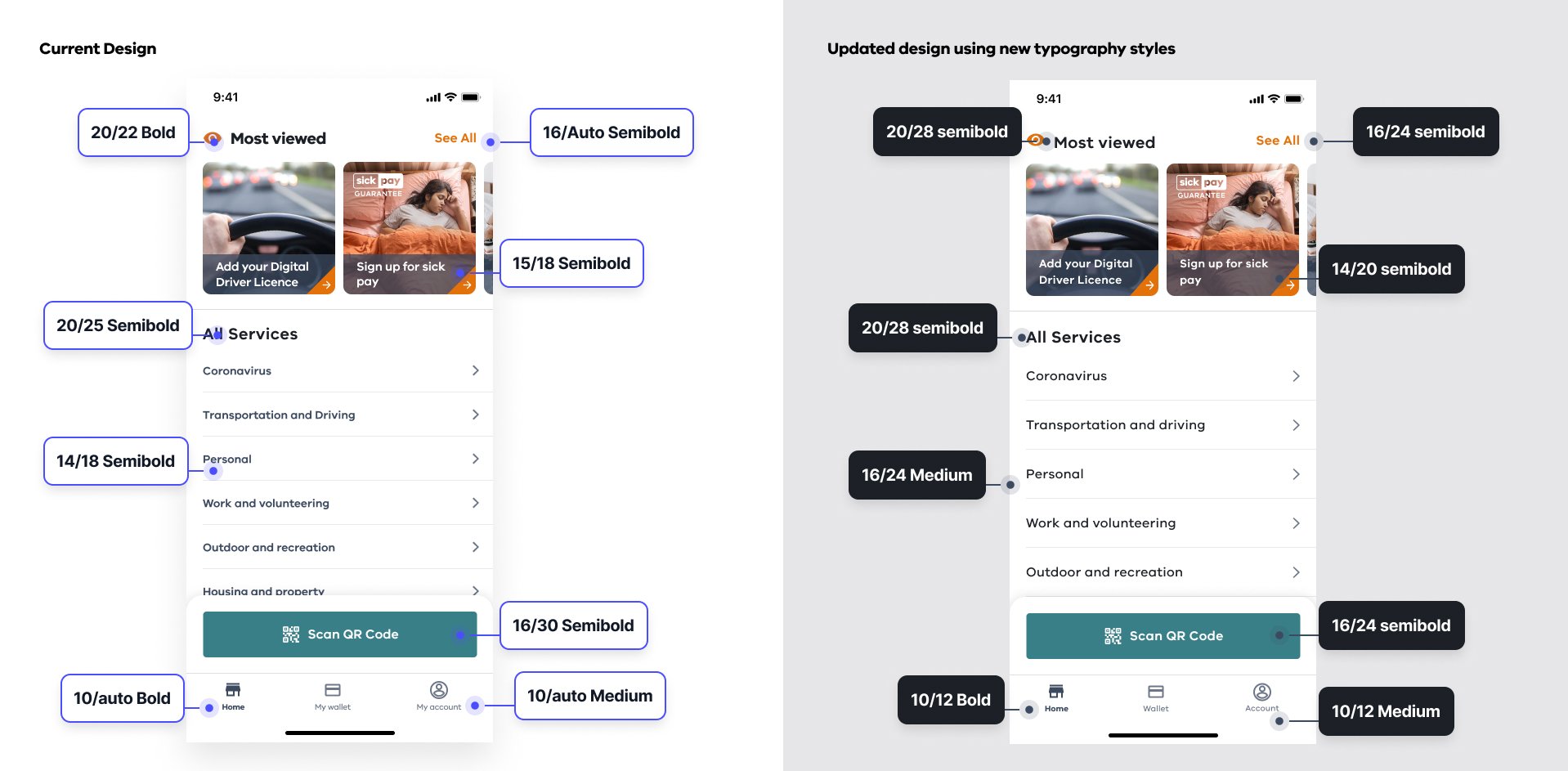Building a Scalable Design System for Enterprise SaaS
Role: Lead UX/UI Designer
Timeframe: 12+ months
Collaborators: Frontend Developers, QA, Product Manager, Dev Lead, VP of Tech, VP of Product
Focus: Visual consistency, scalability, accessibility, dev collaboration
Tools: Figma, Miro, GitHub
Summary
I designed and implemented Capsifi's first scalable, token-based design system from the ground up. My goal was to improve UI consistency, accelerate development, and support long-term product scalability. The system was fully integrated into Figma and aligned with engineering workflows to deliver high-quality, accessible components for enterprise users.
The Problem
No existing design system or shared design language
Inconsistent component styling across 200+ screens
High design and development rework
Lack of accessibility compliance (WCAG violations)
Inefficiencies in developer handoff and QA testing
Before
1.5 Home page
1.5 Application Portfolio Management
1.5 Value Stream
2.0 Flyout Form
After
2.5 Home Page
2.5 Value Stream
2.5 Fly-out Read Only Table
2.5 Fly-out Form
My Role
As the sole UX/UI designer, I:
Conducted a full UI audit
Defined token structure and naming conventions
Built a foundational design system in Figma
Partnered with developers for token implementation
Documented usage rules and interaction states
Ensured WCAG 2.1 AA accessibility compliance
The Process
1. Audit & Insights
Reviewed 200+ product screens
Identified inconsistent UI patterns and visual debt
Documented missing states, spacing, and contrast issues
2. Foundations Setup
Created design tokens for colour, spacing, and typography
Defined semantic colour roles (e.g., Primary, Error, Info)
Established spacing scale and grid system
3. Component Library
Designed scalable components: buttons, tables, overlays, inputs, tags
Documented all states (default, hover, active, disabled, error)
Developed a flexible overlay system for flyouts and editing interactions
4. Accessibility Integration
Applied WCAG AA colour contrast rules
Designed clear focus states for keyboard navigation
Worked with the dev team to align on ARIA roles and keyboard behaviour
5. Dev Collaboration
Aligned Figma tokens with SCSS implementation
Partnered on component dev cycle (design > build > QA)
Created a status matrix (e.g., In Design, In Dev, Live)
Business Impact
Additional impact:
Reduction in UI-related bugs by 40%
A decrease in development time for new features by 80%
Improvement in user satisfaction scores by 95%
What I Learned
How to drive the adoption of a design system from scratch
The importance of aligning with frontend naming and constraints
Balancing long-term vision with short-term developer feasibility
Creating patterns that scale across complex enterprise workflows
Examples
Next Project
Service Victoria Design System
I uplifted Service Victoria’s existing design system to bring more visual consistency, clarity, and usability across the platform.

